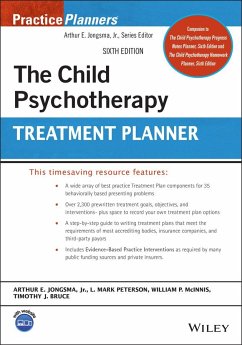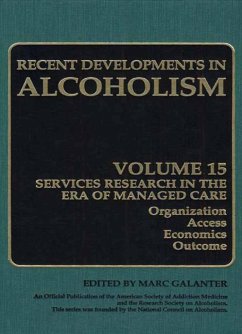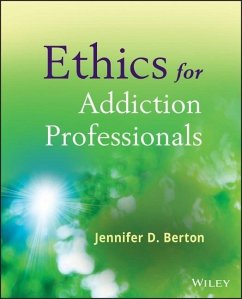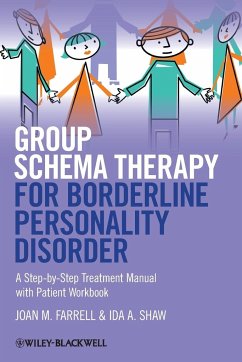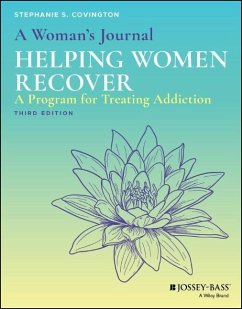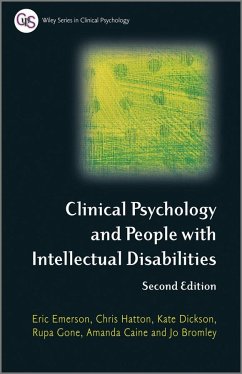Nicht lieferbar
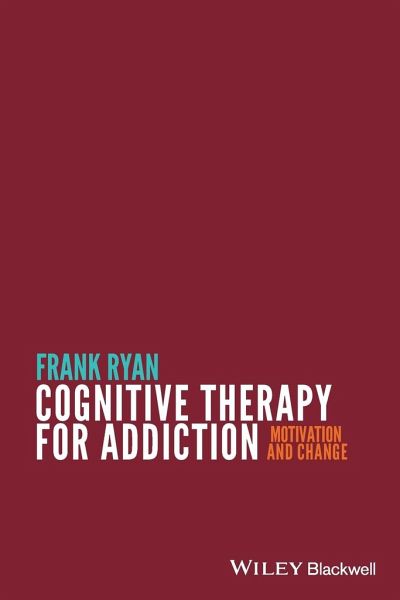
Cognitive Therapy for Addiction
Motivation and Change
Versandkostenfrei!
Nicht lieferbar
An innovative new approach to addiction treatment that pairs cognitive behavioural therapy with cognitive neuroscience, to directly target the core mechanisms of addiction.Offers a focus on addiction that is lacking in existing cognitive therapy accountsUtilizes various approaches, including mindfulness, 12-step facilitation, cognitive bias modification, motivational enhancement and goal-setting and, to combat common road blocks on the road to addiction recoveryUses neuroscientific findings to explain how willpower becomes compromised-and how it can be effectively utilized in the clinical aren...
An innovative new approach to addiction treatment that pairs cognitive behavioural therapy with cognitive neuroscience, to directly target the core mechanisms of addiction.
Offers a focus on addiction that is lacking in existing cognitive therapy accounts
Utilizes various approaches, including mindfulness, 12-step facilitation, cognitive bias modification, motivational enhancement and goal-setting and, to combat common road blocks on the road to addiction recovery
Uses neuroscientific findings to explain how willpower becomes compromised-and how it can be effectively utilized in the clinical arena
Offers a focus on addiction that is lacking in existing cognitive therapy accounts
Utilizes various approaches, including mindfulness, 12-step facilitation, cognitive bias modification, motivational enhancement and goal-setting and, to combat common road blocks on the road to addiction recovery
Uses neuroscientific findings to explain how willpower becomes compromised-and how it can be effectively utilized in the clinical arena





